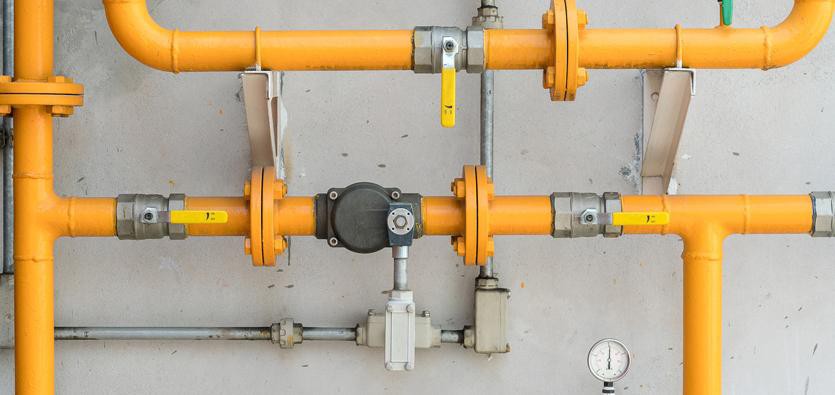Hydronic heat exchangers or steam systems have been around with us from early stages in the dawn of the Industrial Age. Steam engines changed the world of transportation almost overnight and steam heating or hydroid heat exchanger systems did the exact same thing residential and industrial heating. Nearly at the same time that the steam boilers were made electricity the terrific railroad engines, manufacturing mills and freight ships, steam heat found its way to the home. This is not an unnatural course of events considering the quantity of heat which could be put out by steams anybody who has ever sat for long in a moist sauna may testify to. These systems are in fact very straightforward.
The most common hydroid heat exchanger consists of three major elements: the boiler the heating source, the piping array and the heat exchangers which move the heat from the water to heat for the space. The process goes like this: water is heated and then turned into steam or very near to boiling and is then piped to radiators located through-out the home or into thermal mass floorings which absorbs the heat and gradually releases it to the room on hydronic heating wantirna south. It follows that any long-term of fluid can cause a problem. This is why the sort of piping array becomes critically important to the overall system. The earliest of the designs is the one-pipe collection. A single pipe carries Steam in the boiler to each radiator in the construction.
The single-pipe has a design made so that gravity will pull the condensed water from the piping back in the boiler tank. A two-pipe system uses another return pipe rather than gravity-induced flow to bring back water to the holding tanks. Both single and two pipe systems were created for steam-based heat Exchangers but most modern units use hot water at a loop collection of pipes since the heat conductors. This sort of system provides a thinner wall-mount, stainless steel heat transfer unit and has better energy-efficient water to air heat transfer prices.
Another advantage of this kind of under floor heating is that if correctly equipped will warm water for domestic applications like cooking, bathing or washing in addition to water for external uses like swimming pools, spas, hot tubs, garages or greenhouses. Plus looped pipe hydroid heat exchangers would not only provide heat in winter months but may be used to circulate chilled water in the summertime to help in overall cooling.